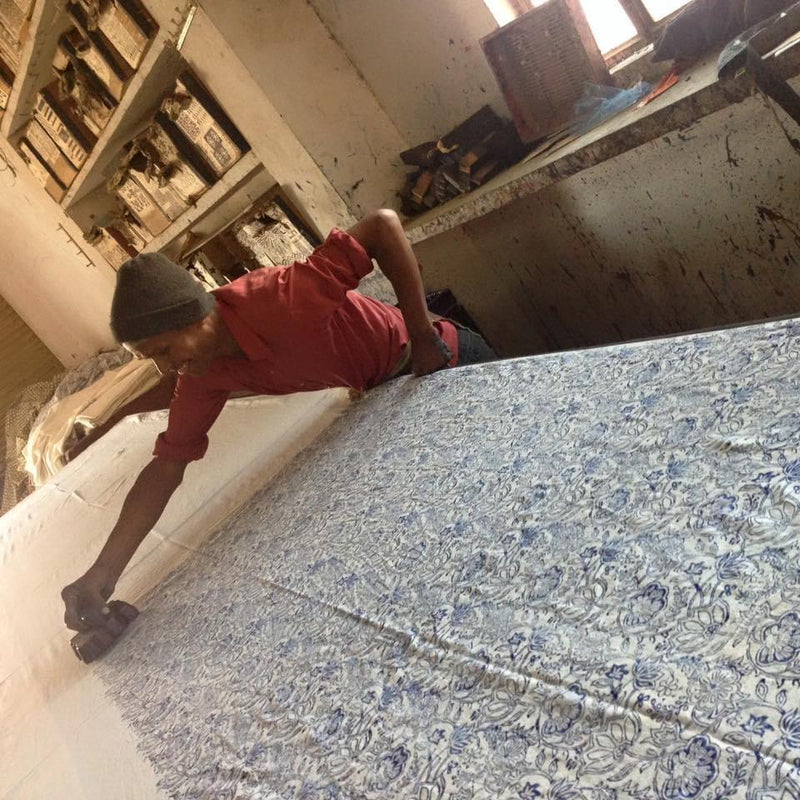
Textile handloom sector in India employs directly or indirectly about 4.3 million in our rural population. That makes Handlooms as the second largest employer in Rural areas after agriculture. Of the 4.3 million employed over 70% are women. It has been a source of women empowerment in many ways and helps in sustainable circular economy. It is largely a cottage industry which is run by individual weavers who work as part of clusters or co-operatives.
There hasn't been much technological advancement in the handloom sector and this has resulted in a very Labour intensive low production. The raw materials used varies depending on place, availability, quality, product being made, cost, historical or cultural references or government or cluster support.
Handloom and its products enjoy a special market segment of consumers who cherish its products for the beauty and philosophy. The huge variety and the traditional sentiments attached to handmade products makes them attractive to a conscious consumer base. Appropriate marketing of the sustainable aspect will further boost the market for such products.
The greatest threat to Handloom products comes from cheaper power loom made products that lookalike and flood the market. As we have seen in case of Ikat where the cheap prints looking like traditional ikat weaves have flooded the market leading to a loss of craft and livelihood for many.
Government and individuals must come forward and ive a boost to handloom textile industry. Besides being a livelihood, they are also our cultural heritage and that needs to be preserved at all costs.

